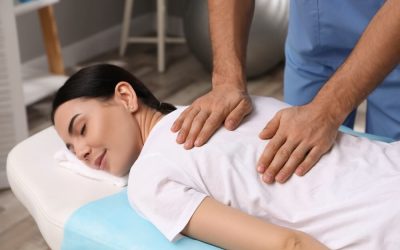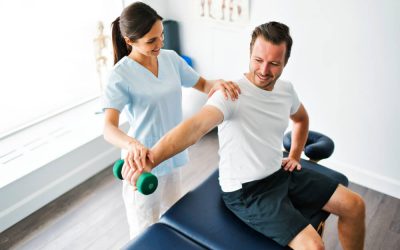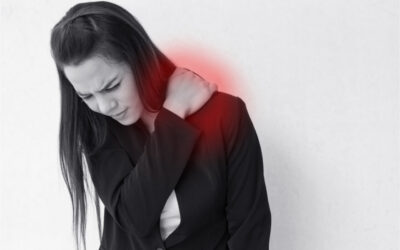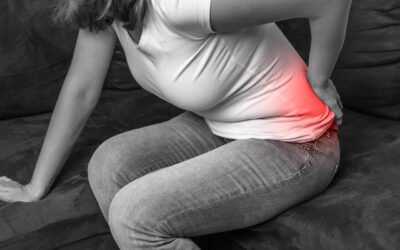 Dropped head syndrome physical therapy may help a patient with DHS improve from their condition. Physical therapy is now widely available to address various health problems concerning the muscles. Even other parts of the body can find pain relief using this practice. However, without treatment, dropped head syndrome can significantly affect a person’s quality of life. For instance, dental care for patients with this condition will become challenging to execute correctly. We all know how essential our dental health is to achieve excellent overall health. In this case, let’s see from this article how physical therapy can help.
Dropped head syndrome physical therapy may help a patient with DHS improve from their condition. Physical therapy is now widely available to address various health problems concerning the muscles. Even other parts of the body can find pain relief using this practice. However, without treatment, dropped head syndrome can significantly affect a person’s quality of life. For instance, dental care for patients with this condition will become challenging to execute correctly. We all know how essential our dental health is to achieve excellent overall health. In this case, let’s see from this article how physical therapy can help.
Dropped Head Syndrome (DHS)
The dropped head syndrome is a rare condition that a person can experience. Dropped head involves severe weakness of the neck extensors. Aside from that, it can also be associated with the failing of the shoulder girdle and proximal arm muscles.
Additionally, the severe weakness of the muscles behind the neck causes the resting appearance of the chin on the chest. Chin on chest deformity could happen while standing or sitting. Other terms referring to this syndrome are Floppy Head Syndrome and Head Ptosis.
One of the adverse effects of having this condition is maintaining dental health. Practicing dental care may become challenging. So, it would be best to work with an excellent dental provider, such as ADC in Campbelltown, NSW.
A patient with DHS may experience difficulties in doing activities of daily living. That includes performing the routine for dental hygiene. In this case, it would be best to receive dental treatment from a well-experienced provider (visit ADCDubboDentist.com.au to book an appointment).
The Cause of Dropped Head Syndrome
Several causes can lead to the development of DHS. But in most cases, the reason behind it is a specific generalized neuromuscular diagnosis. Below are some of them in particular.
- Amyotrophic Lateral Sclerosis (ALS)
- Parkinson’s disease
- Multiple system atrophy
- Myasthenia gravis
- Polymyositis
- Genetic myopathies
- Isolated neck extensor myopathy (INEM)
Other Potential Causes
- Motor neuron disease
- Hypothyroidism
- Spine disorders
- Cancer
Additionally, these causes may lead to a mechanical problem coming from the weakness and instability of the cervical spine. The cervical spine serves as the support and cushion loads to the neck or head. Relatively, the cervical spine allows the rotation of the neck and head while protecting the spinal cord.
Symptoms of DHS
The following signs can help you determine if you have this condition.
- Hunchback deformity
- Head and neck pain
- Head-down position
- Excessive declines in cervical range of motion
- Upper motor syndrome, such as muscle weakness
A progressed condition may lead to the following.
- Spinal cord compression
- Obstruction of cerebrospinal fluid flow
- Inability to move
Isolated Neck Extensor Myopathy (INEM)
Generally speaking, we have seen that many reasons can cause the head drop. However, if the cause remains unknown, the term to use will be isolated neck extensor myopathy (INEM). INEM often occurs to individuals at an older age. INEM is a unique focal myopathy that results in the weakening of the neck extensor muscles.
Some cases involve both INEM and DHS in one diagnosis. But overall, both of them are conditions that cannot keep your head upright. Additionally, they consider INEM as benign since it does not spread or worsen.
Physical Therapy for DHS
 INEM requires a conservative treatment to improve the symptoms. In this case, INEM has a weakness localized to the neck extensor muscles. Fortunately, physical therapy can help work that out. The treatment may involve neck extension strengthening exercises.
INEM requires a conservative treatment to improve the symptoms. In this case, INEM has a weakness localized to the neck extensor muscles. Fortunately, physical therapy can help work that out. The treatment may involve neck extension strengthening exercises.
On the other hand, some patients cannot hold onto these strengthening exercises. They find it tiring and frustrating at the same time. In this case, they may try moving the neck while lying down on their back. It can help maintain the range of motion on the neck muscles.
Physical therapy can help slow down the progression of the condition. Aside from that, it helps maintain the current function of the affected part. The physical therapist should only ensure that the activities they apply to the patients will not cause neck contractures.
Other Treatment Options
The following options also apply in addressing this neck condition. Your doctor may consider them as well.
Support and Braces
A neck brace can help support and maintain the neck in an upright position. It can also correct postural alignment and facilitates proper swallowing and feeding. Additionally, it can also help the patient breathe comfortably. Braces can help prevent further deformity, compression, muscle contractures, worsening of cervical myelopathy, neurological symptoms, and disability.
Pharmacologic/Surgery
Pharmacologic and conservative practices take place before the patient can undergo surgery. Medical professionals treated INEM using the method of immune-modulating therapy, such as corticosteroids. However, if this treatment option will not work, a subaxial fusion surgery may take place. The fusion from C2-T2 upholds the upper cervical and thoracic spine movement to prevent excessive thoracic kyphosis.
Generally speaking, a patient’s neck pain may signify health issues beyond our knowledge. For this reason, it would be best to consult a medical professional before taking any medicine for pain relief. The medicine we may take might not be suitable for the existing conditions. Additionally, we can also search for cases, reports, or online clinical posts to help us understand what we are going through.
Pain management is available through different practices. It may include correcting the posture, retraining, and other related methods to provide relief. In the final analysis, we have to receive the proper treatment procedure to address our health concerns.





























0 Comments